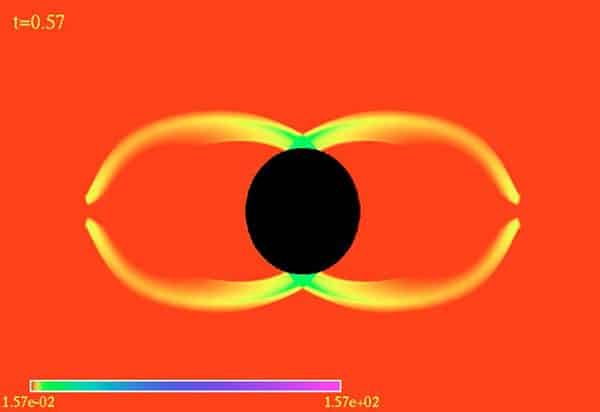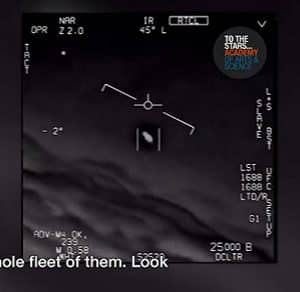Mankind is fascinated and terrified by black holes. Good thing none of them are close, right?
Not quite. A recent scientific study not only suggests black holes could be older, smaller and more common than previously thought, but it also proposes an intimidating scenario: they could be hurtling through space since the beginning of time. It could also provide an explanation for another question that has been puzzling astronomers for nearly a century: where is all the matter in the universe?
One of the greatest astronomical enigmas began in 1933, when Caltech astronomer Fritz Zwicky was studying the Coma Cluster, a group of galaxies located some 2.2 billion light-years from us. When all of his computations turned up star weights that were simply too high, Zwicky reasoned that some unknown mass was exerting a strong gravitational pull and affecting the movement of the galaxies. He called that mass dark matter. 83 years later and the astronomic community still has no explanation for the missing matter.
Though searching for years, incredibly sensitive instruments like the LUX dark matter detector have come up empty-handed. Located under a mile of rock in the Black Hills of South Dakota, the LUX (short for Large Underground Xenon) incorporates approximately 660 lbs. (300 kilos) of glacial xenon in its design. Whenever a dark-matter particle interacted with one of the xenon atoms, the electrical charge would cause the element to glow, signaling the scientists that their search is over. So far, it hasn’t lit up, leading some thinkers into believing they aren’t looking for the missing matter in the right place.

A recent study suggests that in the period following the Big Bang, a myriad of primordial black holes formed, quickly consuming a large chunk of what matter was available at that time. Smaller, but no less deadlier than the ones created by dying stars, these black holes could in theory exist everywhere, having been present in our universe since time itself dawned. Moreover, data obtained from the study indicates these black holes are not immobile but could traverse the vast expanse of space at blistering speeds.
The heaviest of these primeval black holes could weigh as much as our natural satellite but its size would not exceed the width of a human hair. An asteroid-sized one would be smaller than an atom.
Current astrophysics models place the percentage of dark matter at approximately 80% of the total mass of the universe. If such a large proportion is indeed sequestered by black holes, it would mean the chance of running into one just went up some notches.
“Asteroid-mass black holes, if they were all of the dark matter, might pass through Earth once a millennium or so, but would be very, very hard to detect,” Institute for Advanced Study astrophysicist Timothy Brandt told Business Insider. “If you had somebody right there, they might be able to observe one.”
Brandt says asteroid-sized black holes might not be so dangerous. They might even be absent altogether, having lost all of their mass by leaking Hawking radiation over vast periods of time.
In the case of a black hole with a mass equal to our moon, things would get messier:
“We certainly would notice if one passed near Earth, since it would affect the orbits of all of our satellites,” Brandt added. “I imagine that it would mess up GPS for example.”
But, as the astrophysicist noted, such an event has a very low rate of occurrence; micro-black holes would pass through our solar system once every 100 million years.
We would, on average, have to wait much longer than the age of the Universe for one to pass through Earth. Though such an event is absurdly unlikely … It would cause some havoc. It would be a bit like a bullet, but with the damage being done by tidal forces deforming the object and generating intense heat.”

If the mobility of a black hole isn’t an astronomical aspect to be reckoned, I don’t know what is. We are comfortable with these anomalous entities existing elsewhere in the universe, but if they started appearing in our peripheral vision we’d all be gonners.
Traveling through a black hole would be a one-way trip down Screw Physics Lane. If you went down one, your friends wouldn’t even be able to see you do it, because not even light escapes a black hole’s ginormous gravitational pull. A little bit of discrete Hawking radiation is all that would be left of you. Not a pleasant perspective.
Photo Credits: Powl96/DeviantArt









